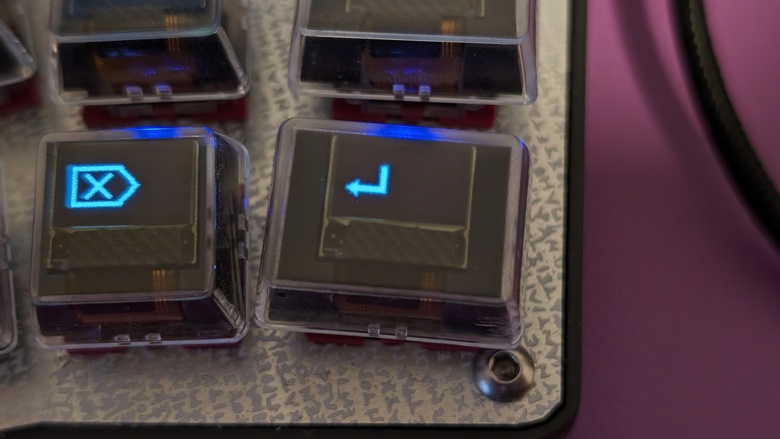
Of course, we all heard about that, there are plenty of articles and videos out there.
Maybe the more important question is: Will this be a problem for the PolyKybd?
To find out let's take a look at my current Prototype, which I now use for 3/4 of a year - I even bring it to the office, so it is used all day long at least 5 days a week.
Before looking at the first picture let me mention that you will see some lines flickering (some lines appear lighter on the pics) here and there because of the refresh rate of the display not being synced with the camera sensor.
Here, we see the left side when not pressing any key:
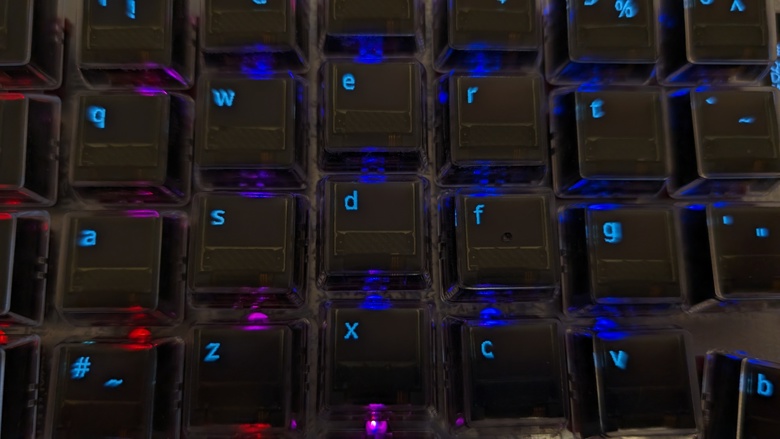
Let's focus on the 'd':
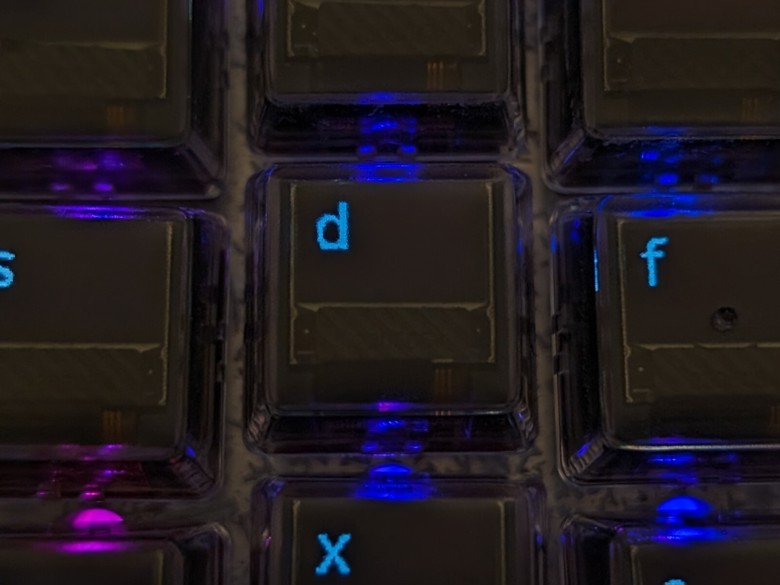
And now let's compare to the upper case 'D':
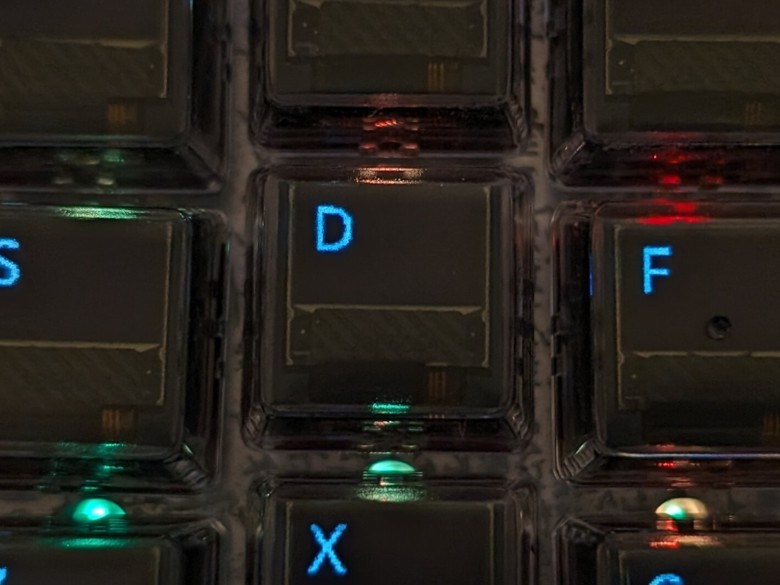
Notice any difference in the brightness apart from the flickering lines? No? How about here:
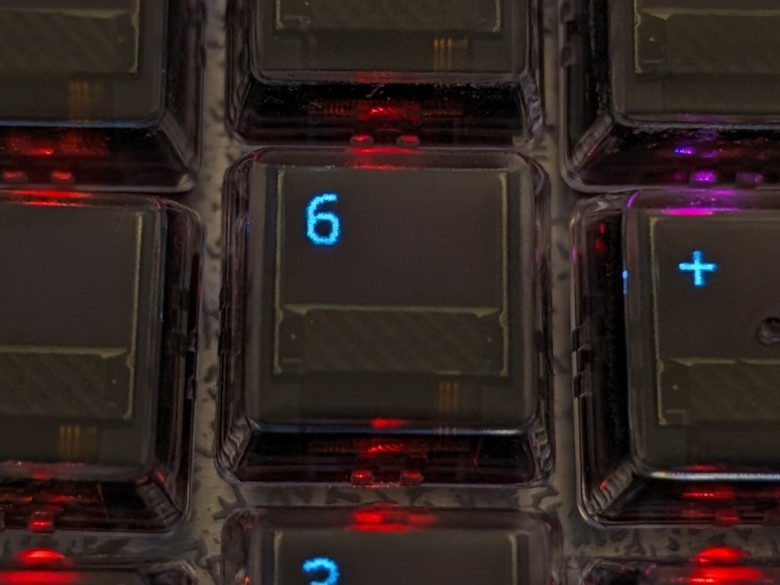
Same key, also here:
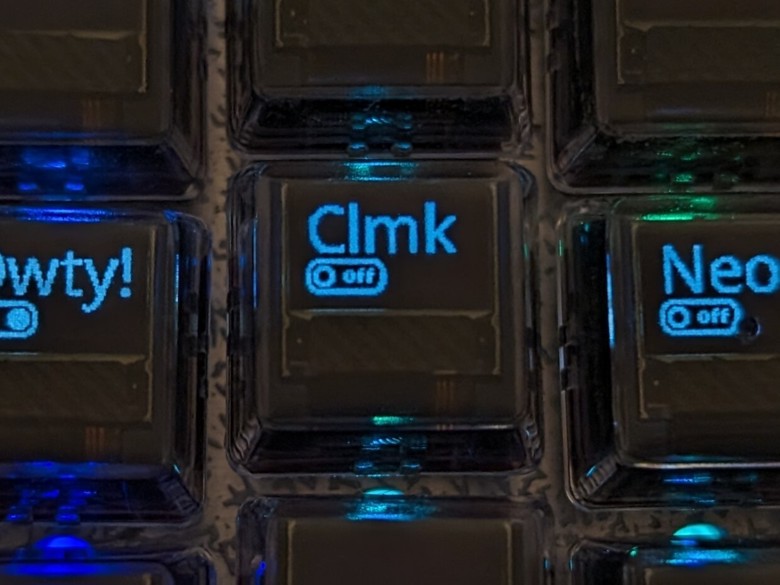
As you can see, you won't recognize little brightness differences on specific pixels of the glyph.
But where is the burn in effect now? Alright, of course, I can forcefully make it visible. For instance, if I invert the whole screen, like that and adjust the brightness and contrast of my camera:
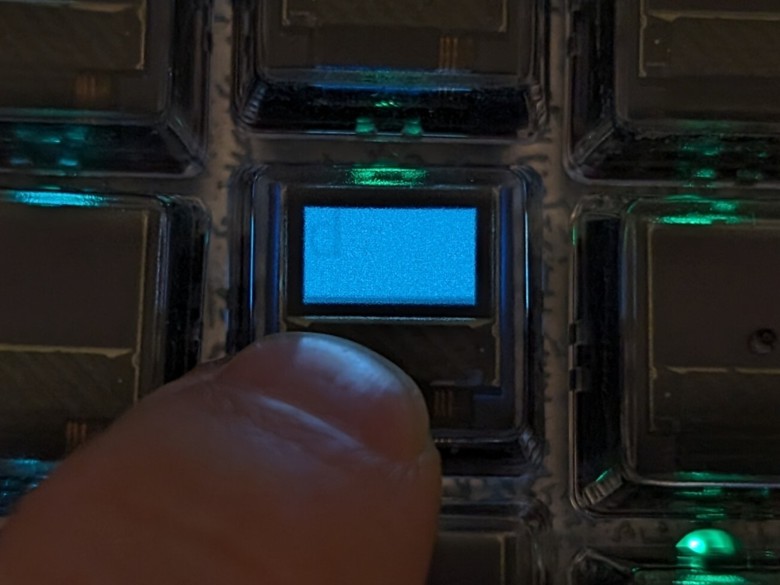
Now you can see the lowercase 'd' which is displayed most of the time (+ some flickering at the bottom).
So there it is! Yes...
Will it affect your daily work? See the next pictures taken from 15cm (~6 inches) away from the keys (so multiple times closer than your eyes - at least I hope that's the case):
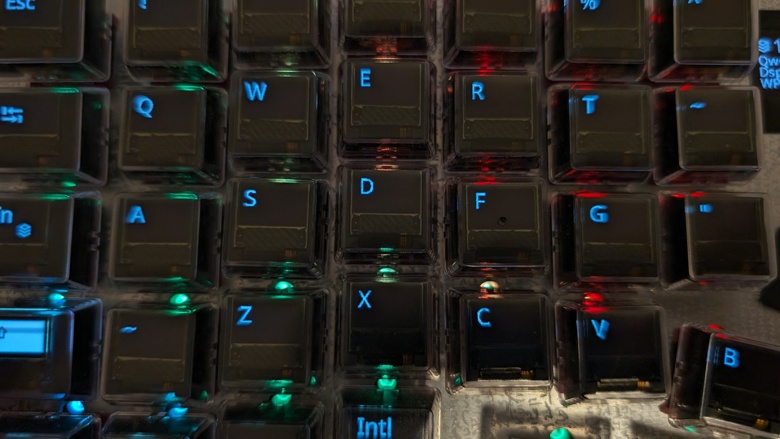
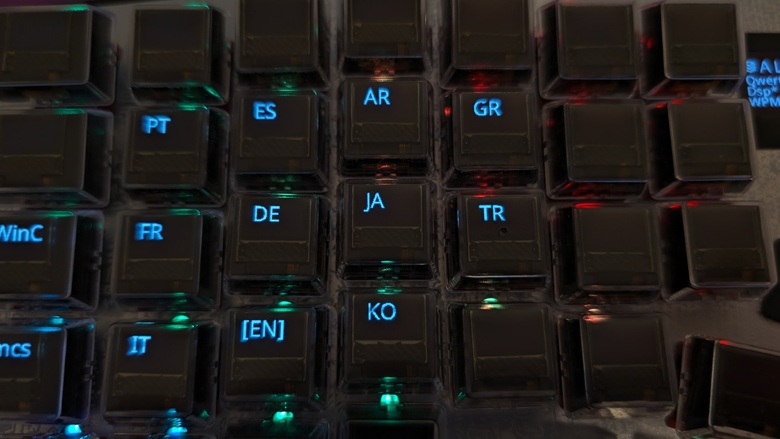
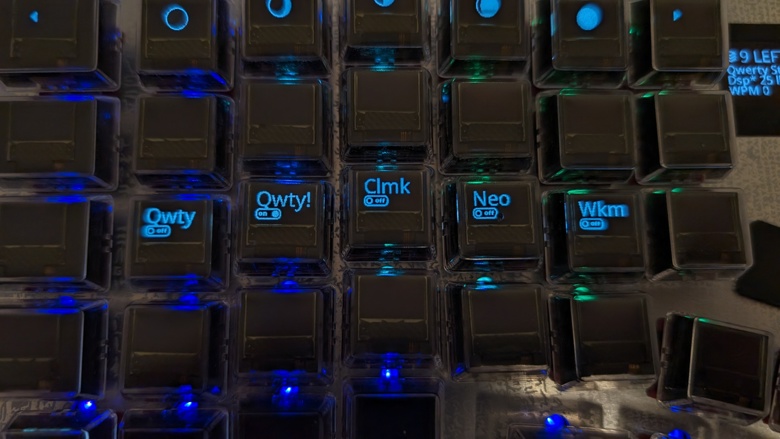
So at this point, I would say: Maybe not.
This is great news. Additionally, let me post similar pictures in a while again to get some more empirical data!
Nevertheless, I'm doing my best to protect the screens:
1) After a minute of inactivity I switch to the idle mode, or as other people call it: "The screen saver mode": In that mode, the displays turn on and off randomly with very low contrast and usually just a few of them at a time. It should give you enough clues to find the right key while avoiding permanently turning on all displays.
2) After another 5 min (or whatever you set) all displays turn off and wait for the next key stroke. You can configure whether that first key stroke should be accepted and forwarded to the PC.
I tried one more measure: To randomly offset the displayed characters by 1 or 2 pixels in x and y. However, that didn't look satisfactory as you can notice little offsets very well.
What do you think? What's your impression? Have you ever had to deal with OLED burn in?
 thpoll
thpoll
Discussions
Become a Hackaday.io Member
Create an account to leave a comment. Already have an account? Log In.